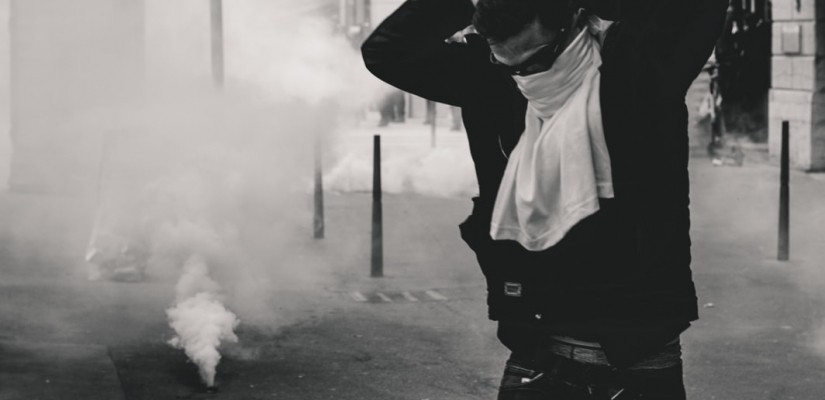On August 10, 2019, an estimated 50,000 to 60,000 protesters backing the political opposition took to the streets in Russia’s capital Moscow after a series of demonstrations against the local government in July 2019. This mass demonstration was the largest since the Bolotnaya Square protests in 2011-2012 when frustrated Russian citizens protested rigged parliamentary elections. The current situation has been escalating as police crackdowns have led to thousands of arrests and detentions, some of which have brought severe prison sentences. The unrest in Moscow was triggered by a seemingly minor political event, the city council election, which is set to take place on September 8, 2019. Citizens were alarmed when the electoral commission disqualified opposition candidates from running for the 45 seats in the Moscow City Duma. Yet the turmoil in Russia’s capital has escalated into a demonstration against larger issues in Russia’s political and economic landscape.
Public approval of the protests indicates civil discontent with the political direction of the state government in Moscow. A poll revealed that approximately 37% of Moscow’s population support the demonstrations, 30% assume a neutral stance, and only 27% are against the protests. The mass demonstrations constitute one of the most serious challenges to Russia’s government and President Vladimir Putin since he first assumed office in 2000. While President Putin’s approval rating peaked at roughly 90% when a wave of patriotist sentiment swept through Russia during the 2014 annexation of Crimea, Putin’s popularity has been declining since 2018 when his approval rating dropped to about 60%. New legislation that raised the retirement age to 60 for women and 65 for men, decreasing income levels, and a stagnating economy have caused public discontent with Putin’s and the ruling United Russia party’s state governance. Falling oil prices that affected Russia’s oil-reliant economy and sanctions over the Crimea crisis have contributed to these economic difficulties. While the protests in Moscow were triggered by local politics, the cause of public discontent with Russia’s political elite appears to be more deep-rooted.

The protests in Moscow signal public disapproval of domestic political and economic affairs, but they do not directly threaten Putin’s hold on power as the president continues to pursue stable control within Russia and to assert Russia’s power externally in the international arena. Yet civil reactions to the city council election give a foretaste of what might come in the 2021 parliamentary election, which will be decisive for Putin securing his position as president beyond the end of his final term in 2024. Despite constitutional limits on the president’s tenure, speculations suggest that Putin and leading officials may aim for a constitutional change in order to further extend Putin’s term in office. In this case, Russia is likely to continue down its current foreign policy path, projecting power abroad with its military buildup, expansion into the Arctic Ocean, and challenges to western powers.
It is evident from the police crackdown on protesters that the government is apprehensive about the possibility of street protests turning into a revolution. Yet despite Putin’s declining popularity, Russia is not likely to undergo a major change in governance even after the demonstrations in Moscow. Forecasts predict two potential outcomes. Either Putin will stay in power even after 2024 or a successor with a similar policy direction will inherit his position. No potential candidate for this post has emerged thus far, which is why some observers view the former outcome as more likely. Protesters supporting political change within Russia must therefore anticipate a longer struggle.
